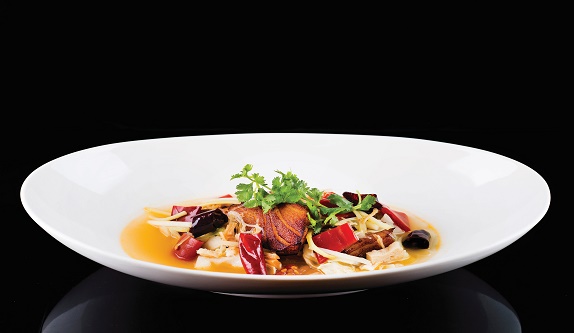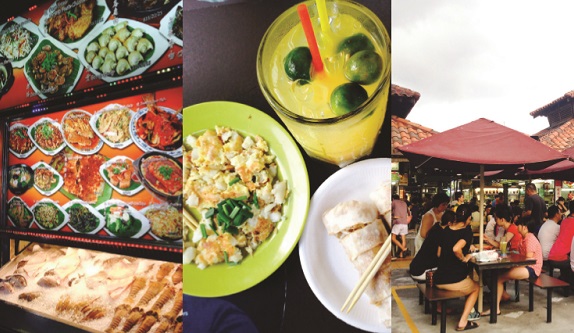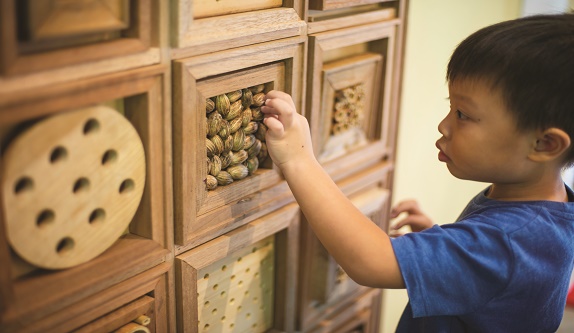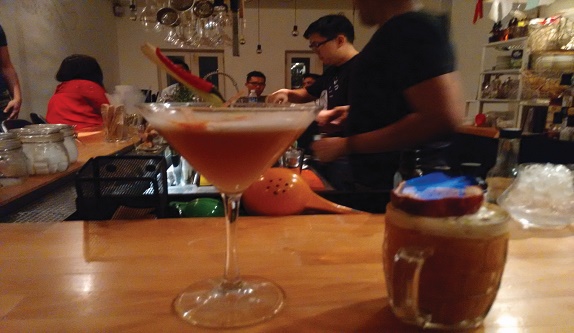Recent dog foster parent Catherine Flanagan talks about her experience taking in a stray dog from Save Our Street Dogs.

Have you ever pondered “I’d love to own a dog, but maybe that’s too difficult while living in Singapore…”? Well, fostering a dog provides an opportunity to experience rewards of dog ownership without long-term complications. SOSD (Save Our Street Dogs) is a charity organisation relying entirely on donations to fund the whole operation.
A large and dedicated team of passionate volunteers manage its extensive services, primarily monitoring, rescuing and rehabilitating Singapore’s stray dogs to hopefully find their ‘forever homes’.
Under typical circumstances, rescued street dogs are placed in SOSD’s animal shelter for their rehoming program. However in particular cases when the shelter is unable to provide adequate space or the right environment, SOSD seeks foster homes.
When rescued street dogs have suffered a traumatic experience, require surgery, rest and rehabilitation, or there’s the occasional litter of puppies requiring more attention than the shelter can provide, fosterers provide an invaluable step towards the eventual rehoming of these dogs. Over the preferred two-month minimum time-frame, along with providing a safe, secure environment including adequate food, drink, exercise and basic training, fostering requires observing the dog’s character during its stay.
Obviously a street dog’s behaviour will be affected as it learns to become part of a family unit, no longer relying on stealth and cunning as a sole stray or pack member. This progress provides critical feedback for SOSD, who offers the fosterer support every step of the way.
So how did we come to foster a dog? Having owned dogs over many years, we had the prerequisite experience. Our most recent dog passed away late last year and as our overwhelming grief gradually subsided, serendipity played its part. Mid-March, SOSD posted a video on Facebook desperately seeking a foster home for an adult stray dog called ‘Sunrise’. The dog had been discovered hiding in an underground gravesite by cemetery caretakers who promptly alerted SOSD.
Upon rescue, they realised she had a severely injured tail and took her directly to one of their associated vet clinics. Without this intervention, Sunrise would probably have died alone from the severe infection. Following her operation, Sunrise required regular wound dressing, rest and rehabilitation.

A picture of Sunrise.
Given such desperate circumstances, I realised we could help. We still had our dog’s belongings, and we worked from home, so we could provide the attention needed. I confirmed our offer through SOSD’s website then happily arranged dog beds, bowls, toys and blankets. With Sunrise still under veterinary care, a SOSD representative visited us to ensure our foster home’s suitability. Their on-site assessment and information exchange proved helpful.
Collection day arrived. With excitement – balanced by trepidation – we met our SOSD representative at the vet clinic. Enter, Sunrise: a trembling pooch with ‘movie-star’ eyes, still recovering from anaesthesia, clearly not enjoying being the centre of attention. Essential calmness prevailed and with antibiotics, iodine and bandages in hand, we set off for home.
There, we introduced Sunrise to our property, inside and outside. Firstly, leading Sunrise to the area where we wanted her to relieve herself, repeating ‘prompt’ words to create future association. Then we led her through the areas where we were happy for her to go. In most domesticated dog cases, puppies rarely enter into an area where they have not been introduced. We weren’t sure if the same applied for an adult street dog, but thought it worth a try. Introductions over, Sunrise was happy to lie down, curl up and sleep, sleep, sleep!
Over the next two weeks, we regularly changed her dressing, allowed her space to come to terms with her new situation, provided regular reassuring contact plus some structure to her day. Sunrise appeared content with her new situation but was cautious about showing any playful enthusiasm at first, as if fearful to let her true sweet nature show.
However over several weeks, we witnessed a butterfly-like metamorphosis as our timid foster dog blossomed into an adorable, genteel lady – the quietest, least demanding dog we had ever met. Initially, we were unsure how much of this angelic behaviour was due to her slow recovery from the operation versus an intrinsic part of her street dog primal instincts.
We were delighted when Sunrise’s all-day lethargy became little bursts of energy between regular naps, which didn’t strain our home office-based lifestyle. After each nap, Sunrise performed a very dainty stretch. Her behaviour then started to vary on a daily basis; episodes of heartening progress contrasted moments of entrenched jumpiness or fear. We juggled attention, encouragement, patience and firm correction, always ending with positive reassurance. Where Sunrise once approached us with caution, she now approached us confident of a pat and a cuddle from us.
Our most significant training exercise occurred after we discovered Sunrise would not walk beyond our front gate. When she had fully recovered, on leash, we cajoled her out to the street-front. Once there she firmly planted her feet, refusing to budge, clearly wary of the great unknown. Recalling some sage advice – “The only time to train an animal is when you have more time and patience than they do” – I sat alongside Sunrise at a leash’s length away, tugged firmly a few times, then waited. After a long pause she sidled up to me. After some verbal encouragement, I moved away again, tugged, waited and after another long pause, she moved closer. Fast-forward a few days, Sunrise was happily trotting around the neighbourhood with us!
For longer-term obedience training, it should prove helpful that Sunrise, like most street-dogs, has a strong food drive. Street dogs also distinguish themselves through their heightened senses, especially at night time. Sunrise’s highly sensitive hearing means when we are on our walks, she detects a car coming and attempts to move out of its way, well before we hear or see it. Her extremely keen eyesight distinguishes every person and dog we encounter on our walks, long before we do. However Sunrise conducts her most endearing performance when she doesn’t want to go anywhere – she will simply hit the deck and her whole body becomes completely limp. When we physically encourage her up again, she eventually agrees to stand, thereby conceding surrender. Quite an effective delaying tactic!
Our most rewarding development occurred a few weeks after Sunrise’s tail bandages were removed. At first, she often looked back to where her formerly long tail would have been, but didn’t wag her remaining short, stumpy tail. Gradually, along with her growing trust in us, we noticed a tentative tail-wag. Now we’re delighted to see Sunrise enthusiastically tail-wags every morning when she greets us, clearly happily adapting to her new life as a family pet. Some socialisation work with people and dogs remains but with SOSD providing behavioural assistance at the shelter, Sunrise should soon become someone’s beloved companion in her ‘forever home’. Our fostering helped start Sunrise on her new journey. We hope our experience might encourage you to try fostering a dog from SOSD as well.
There are a number of criteria the fosterer must fulfil to qualify, which SOSD specify on their website.












 Sarah Anglade
Sarah Anglade Louise Pike
Louise Pike Laura Gordon
Laura Gordon Sandra Poh
Sandra Poh Gina Kubal
Gina Kubal Halyna English
Halyna English Marcel De Bruijckere
Marcel De Bruijckere James Mansfield-Page
James Mansfield-Page

